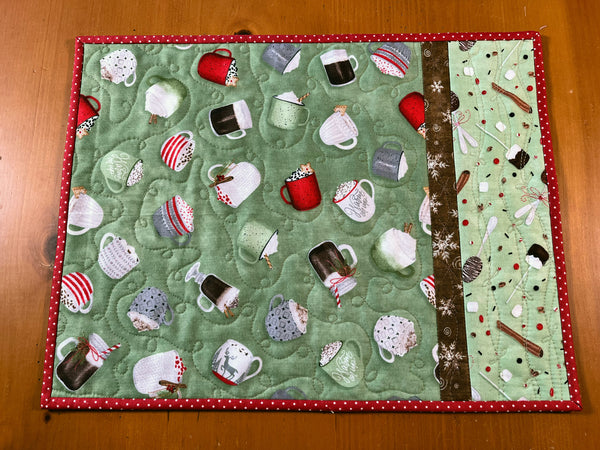Top News Sites - The Facts
Top News Sites - The Facts
Blog Article
The Basic Principles Of Unique Art
Table of ContentsUnique Art Things To Know Before You BuyThe Ultimate Guide To Unique ArtThe Only Guide for Unique ArtNot known Facts About Unique Art
While one could debate which art type holds precedence, the reality stays that each of these seven forms supplies an one-of-a-kind window right into human background, culture, and development. They are the tapestries that chronicle our trip, reminding us of our past while motivating visions for the future.Excellent art work narrates, makes individuals look twice, and produces a special experience that can't be matched. Art and images interact all of that via color, form and other design aspects. Learn just how to make your one-of-a-kind art work attract attention from the group.

8 TRIA GIOVANEqual parts grand and laidback, this entrance hall created by Anthony Baratta is the perfect blueprint to comply with if you're enhancing a formal entrance that still really feels unfussy and comfortable. Patterned textiles take spotlight (see the rugs and the sofa), but they additionally aid bring the high ceilings down to a human scale when hung over wallpaper.
Unique Art Things To Know Before You Buy
18 Heidi Caillier DesignA gallery wall surface does not need to take up the entire room. Sometimes a small one can make a larger design declaration. In this living-room, Hiedi Caillier selected micro-mini structures and an arbitrary composition. Ad - Continue Reading Below19 Stephen Kent JohnsonDesigner Juan Carretero chose a deep environment-friendly paint shade to comparison with the light wood finishes.
, the expression of concepts and emotions, with the production of certain visual high qualities, in a two-dimensional aesthetic language. The aspects of this languageits shapes, lines, colours, tones, and texturesare used in various means to create feelings of volume, room, motion, and light on a flat surface. These aspects are integrated into meaningful patterns in order to stand for actual or supernatural phenomena, to analyze a narrative motif, or to produce wholly abstract visual connections.
Later on the idea of the "fine artist" created in Asia and Renaissance Europe. Popular painters were managed the social status of scholars and courtiers; they authorized their work, chose its layout and commonly its subject and images, and developed a more personalif not their explanation constantly amicablerelationship with their patrons. During the 19th century painters in Western societies began to lose their social position and safe and secure patronage.
Some Known Details About Unique Art
Others made a revenue via touring events of their work. The requirement to appeal to a market had actually replaced the similar (if less impersonal) demands of patronage, and its effect on the art itself was most likely comparable. Typically, musicians in the 20th century might get to a target market only with commercial galleries and public galleries, although their job might have been occasionally reproduced in art periodicals.

Do not copy the style of other musicians if you're looking for your design. Duplicating various other people's art work can be terrific in instructional functions yet it will not make you closer to locating your own unique style. Your creative design has to be, what you like and what inspires you.
I would certainly believe of your own design as a design you repaint in normally, when you release all ideas and rules and just concentrate on paint, not believing concerning it. Unique Art. The design needs to come normally to you when you are loosened up and you can not require it or it will useful reference not be your own style, check simply someone else's
Unique Art Fundamentals Explained

With time you'll be able to arrange all of them right into your favorite and least favored categories. Try to focus your focus on the topics and mediums that you like and before you see it coming you'll have your own individual and unique style, like no one else have! So in the long run you'll have a few favorite subjects to paint and possibly a couple of favorite tools.
The design needs to develop itself with time with a great deal of technique and experiments - Unique Art. Thanks for reading this post and if you have any type of questions leave them in the remarks listed below, I 'd enjoy to answer these
Report this page